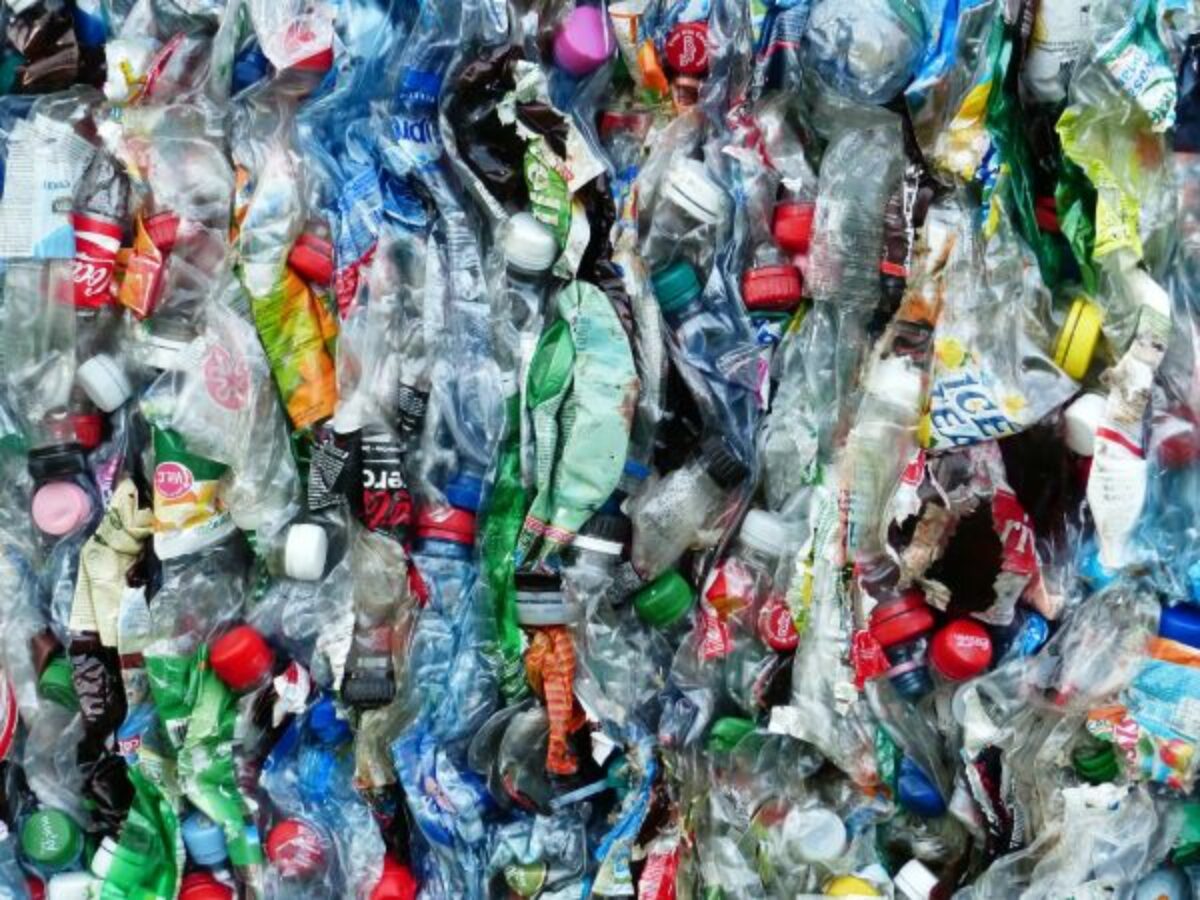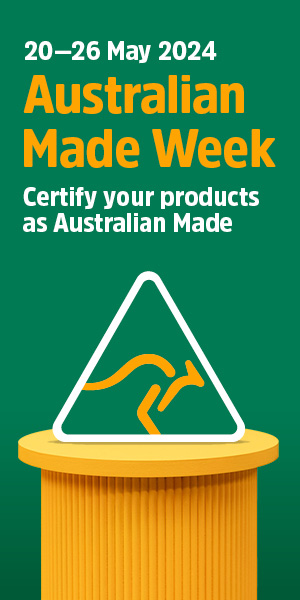Unsafe plastics invading the human food chain – CSIRO

Micro and nanoplastics are pervasive in our food supply and may be affecting food safety and security on a global scale, according to a new study led by science agency CSIRO.
The study is one of the first to analyse the academic literature on microplastics from a food safety and food security risk viewpoint, building on past studies which primarily tracked plastics in fish.
It shows that plastics and their additives are present at a range of concentrations not only in fish but in many products including meat, chicken, rice, water, take-away food and drink, and even fresh produce.
CSIRO analytical chemist, food safety specialist and lead author of the paper Dr Jordi Nelis said these plastics enter the human food chain through numerous pathways, such as ingestion as shown in the fish studies, but one of the main ways is through food processing and packaging.
Dr Nelis said: “Fresh food for example can be plastic free when it’s picked or caught but contain plastics by the time it’s been handled, packaged and makes its way to us.
“Machinery, cutting boards, plastic wrapping can all deposit micro and nanoplastics onto our food that we then consume.”
Another important pathway for these contaminants to enter our agriculture system is through biosolids sourced from wastewater treatment which are used as fertiliser, but which can contain plastic particles from many sources.
These particles could build up in the soil and change the soil structure over time, which may affect crop production, food security and ecosystem resilience.
The study also discussed how additives in plastics that help make plastic work in our modern world can leach into our environment, potentially contaminating our food suppl
Additives that make plastic flexible or resistant to UV radiation, for example, can include flame retardants, heavy metals, phthalates, hardeners or other chemical compounds.
There are currently no definitive studies that demonstrate micro and nanoplastics in the environment cause harm to humans, however more research is needed to fully understand health effects.
“The key missing information is determining safe levels of microplastics. We currently don’t know exactly what the microplastic flux through the food system is or which levels can be considered safe,” Dr Nelis said.
On average Australians discard 100 kg of plastic waste each year.
Picture: CSIRO
@aumanufacturing Sections
Analysis and Commentary Awards Defence Manufacturing News Podcast Technology Videos






